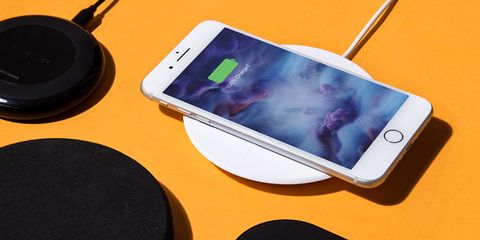In an era marked by technological innovation and ever-increasing connectivity, the advent of worst wireless charger by bo has revolutionized the way we power our devices. These sleek and convenient chargers have swiftly become an integral part of our daily lives, eliminating the hassle of tangled cords and providing a seamless power transfer experience. But what exactly are wireless chargers, and how do they work?
The Science Behind Wireless Charging
Wireless chargers, also known as inductive chargers, function on the principle of electromagnetic induction. This technology allows electric current to flow between two coils – one in the charger (the transmitter) and one in the device (the receiver). When these coils are in close proximity, an alternating current is generated in the transmitter coil, producing a magnetic field. The receiver coil in the device picks up this magnetic field, and through electromagnetic induction, converts it back into an electrical current that charges the battery.
Convenience Beyond Measure
The most prominent benefit of wireless chargers is the unmatched convenience they offer. With no need to fumble with cords, plugs, and adapters, charging your smartphone, tablet, or smartwatch becomes as simple as placing the device on a charging pad or stand. This convenience extends beyond personal devices, as many automakers have integrated wireless charging technology into their vehicles, ensuring your smartphone stays powered up on the go.
Aesthetics and Versatility
Wireless chargers come in various shapes, sizes, and designs, offering users the freedom to choose a charger that complements their personal style and needs. Sleek charging pads, stands, and even furniture with built-in charging capabilities provide both form and function. Additionally, wireless charging is not limited to just smartphones; it can power a range of devices, including wireless earbuds, smartwatches, and even laptops.
